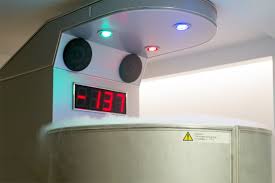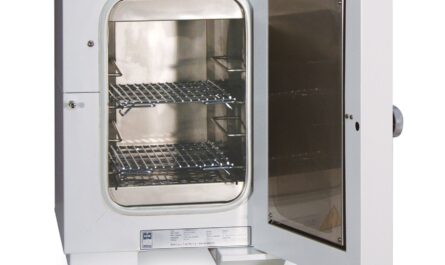
Introduction
Medical carts have become an essential part of patient care in hospitals and medical facilities. From large ER carts stocked with emergency supplies to smaller procedure carts organized with specific medical tools, carts help streamline workflows and provide crucial equipment and medications where they are needed most. In this article, we will examine the varied types of medical carts used today as well as their importance in optimizing efficiency and care delivery.
Emergency Department Carts
One of the most prominent uses of medical carts is in emergency departments, where space is limited and every second counts. Large ER carts are stocked with a variety of supplies needed to treat a wide range of emergent cases. These may include trauma carts stocked with splints, bandages, IV start kits and more. Resuscitation carts contain airway management tools like endotracheal tubes and laryngoscopes as well as emergency medications. “Crash carts” are on standby for responding to cardiac arrests, equipped with defibrillators, emergency drugs and intubation equipment. Having essential items strategically organized on mobile carts near treatment areas allows clinicians to focus completely on patients without wasting precious time searching for supplies.
Procedure Carts
Carts are also indispensable for minor procedures and exams performed outside of major treatment areas. Smaller procedure carts may contain supplies for wound care, suturing, casting or imaging. They are easily portable so clinicians can bring optimal tools and products directly to patients for bedside procedures. This spares patients uncomfortable transport between areas when able to be treated in place. Procedure carts also consolidate what is needed so clinicians don’t have to track down multiple items from different locations. Their compact size allows flexibility in where minor cases can be performed for patient comfort and convenience.
Medication Carts
Among the most heavily used type of medical cart is the medication cart. Stocked and secured specifically for a unit like the nursing floor, medication carts allow nursing staff to efficiently administer and log multiple patient medications. Rather than making countless individual trips between the medication room and patient rooms, nurses can service an entire wing directly from the cart. This maximizes time at the bedside. Computerized systems on medication carts also facilitate thorough documentation and double-checks to help ensure no doses are missed and the right patient receives the correct medication. Automated dispensing cabinets on carts ensure proper security of controlled substances as well.
Benefits of Medical Carts in Clinical Workflow
As outlined in the examples above, medical carts provide clear benefits in optimizing clinical workflow and maximizing efficiency throughout various patient care settings. Some key advantages include:
Mobile Organization
By consolidating essential supplies, tools and medications needed for various cases or patient populations onto carts, clinicians avoid wasting time hunting for scattered items. Compartmentalized carts offer mobile organization that travels with providers.
Proximity to Point of Care
Having critical equipment and products within arm’s reach right where patients are treated streamlines the care process. Time is saved with fewer interruptions to move between locations.
Flexibility
The mobility of carts allows procedures, exams, medication administration and more to take place wherever best suits patient needs and comfort levels rather than being confined to set locations. Clinicians are also free to treat cases anywhere extra space is available when needed.
Documentation Support
Features like digital medication logs and barcode scanning integrated into cart technology can automate documentation tasks, improve safety checks and free up clinicians for more direct patient care activities rather than administrative burdens.
Cost-Effectiveness
By maximizing efficiency of equipment, space and providers through strategic cart usage, healthcare facilities can stretch budgets and care capacity further to better serve more patients. Carts prove a worthwhile investment that pays off in optimized workflows.
As technology and clinical operations continue to advance, so too will the role of medical carts in supporting providers and enhancing the patient experience. From ERs to procedure suites to nursing floors, carts will remain indispensable workhorses for streamlining care. With proper selection and deployment, they offer a flexible and valuable support system for caregivers.
*Note:
- Source: Coherent Market Insights, Public sources, Desk research
- We have leveraged AI tools to mine information and compile it


